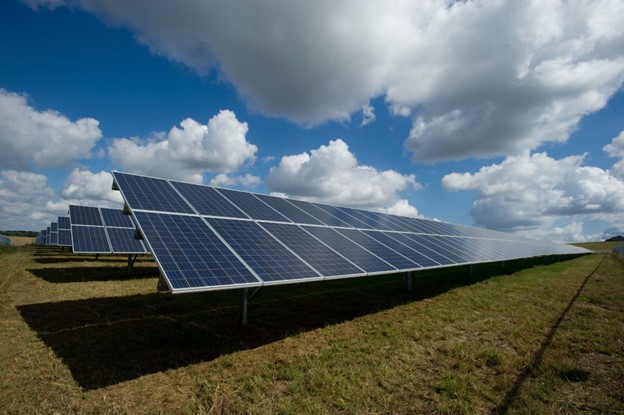Sarah King is a law student in the HLS Food Law & Policy Clinic and a guest contributor to this blog.
What is the program?
In an effort to address the impact of discrimination experienced by farmers and ranchers, Congress has authorized the Discrimination Financial Assistance Program, which will give money to people who were discriminated against in USDA farm lending programs before 2021. Examples of covered programs include Farm Ownership Loans, Emergency Loans, and Microloans, but all USDA lending programs are covered. Those who have experienced discrimination are eligible to receive up to $500,000 (out of $2.2 billion available) in compensation. It is unclear how compensation will be allocated. Types of discrimination covered include discrimination on the basis of race, color, or national origin/ethnicity (including status as a member of an Indian Tribe), sex, sexual orientation, gender identity, religion, age, marital status, disability, and reprisal/retaliation for prior civil rights activity.
How can I apply?
The application can be submitted online or on paper. The deadline for submission is January 13, 2024, and it does not matter when your application is submitted as long as it is before the deadline. The original deadline was October 31, 2023, but after receiving feedback from potential applicants and organizations helping these applicants, USDA decided to extend the deadline to maximize applications from eligible people.
The application process includes providing demographic information, information about which USDA lending program you participated (or attempted to participate) in, information about your farm (or steps you took to start farming if you were unable to do so), and descriptions of the instances of discrimination you experienced. There are also places where you can include additional supporting materials to support your claims, such as documentation of complaints or assertions of discrimination and communications with USDA.
I still have questions!
I did too, so I spoke with Jillian Morrison, the Delta Legal Fellow at the University of Mississippi. She is affiliated with the Food Law and Policy Clinic at Harvard Law School, and she recently helped to organize a workshop to help farmers understand the application process for the program.
What counts as discrimination? USDA has provided some examples of discrimination, such as: failure to provide appropriate assistance, delay in processing a loan or loan servicing application, denial of a loan or loan servicing, prevention from applying for a loan or loan servicing, adverse loan terms, and unduly onerous supervision of loan requirements. This list is not exhaustive.
As Jillian explained, discrimination that you feel was subtle is still grounds for filing a claim. “When we think about discrimination we think about very obvious and insidious discrimination, but if you tried to apply for a loan and they refused to even complete your application, that in and of itself can be discrimination. If you were not even allowed to apply, and you could compare your profile to someone else’s who is similar but who was allowed to apply, that could be helpful proof.”
Speaking of proof, how much proof do you need? “This is a big question mark,” Jillian said. “One thing that was really interesting is you don’t need a lawyer to fill out these forms, but there are lawyers who are trying to charge people for help filling out the forms. There is a lot of speculation about how awards are being decided.”
What barriers are stopping people from applying? “A lot of the farmers who it would be relevant to are older, and so much of it is online and burdensome, so the technical aspect is a big piece,” Jillian said. “It’s super tedious and a really long application, and it is unclear how much documentation you need. People question, do you really go through all that trouble when you don’t know if you’re going to get anything?”
What advice do you have for people who are considering applying? “Do it! It makes sense to do the application even if it’s laborious and takes a lot of time, because in a lot of ways it’s a one shot thing. And there are a TON of technical assistance providers in the US. Don’t feel like you have to complete the application all at once. You can do it in pieces and take breaks.”
What is technical assistance, and where can I find it?
Technical assistance at local USDA offices includes, per their website: completing and filing your application through eFile or on a paper copy, checking the status of your application, assisting you with scanning images of your documentation, providing interpretation and translation services, and providing access to computers for filling out and filing your application.
You can find a list of local USDA offices and community groups offering help here. There are thirty local USDA offices across the United States, and over a dozen community groups offering assistance. Help is available online, over the phone, in person, and in different languages.
For general questions and information, you can contact the Discrimination Financial Assistance Program by email at info@22007apply.gov or phone at 1-800-721-0970. These contact methods can also be used for help in languages other than English.
The views and opinions expressed on the FBLE Blog are those of the authors and do not necessarily reflect the official policy or position of FBLE. While we review posts for accuracy, we cannot guarantee the reliability and completeness of any legal analysis presented; posts on this Blog do not constitute legal advice. If you discover an error, please reach out to contact@farmbilllaw.org.


